Past Wrongs, Future Choices trip to LA and São Paulo
This April, it was high time for some PWFC partners to meet in person. Tired of Zoom (so tired!), Sherri Kajiwara, Audrey Kobayashi, and I travelled from Canada to Los Angeles and São Paulo for face-to-face meetings with key members of the partnership.
The trip gave us all an opportunity to put some whole people to (virtual) faces and to start to create what we hope will be lasting, fruitful connections.

Essence – Atsunobu Katagiri’s installation at Japan House, São Paulo
Japanese American National Museum, Los Angeles
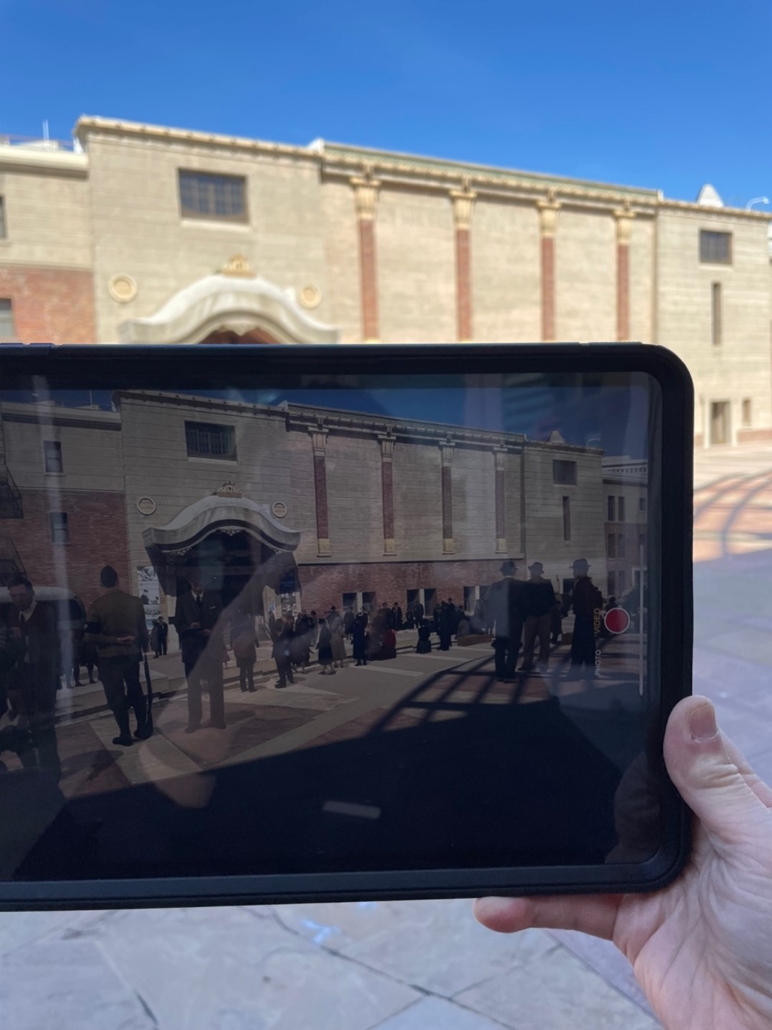
Our first stop was the Japanese American National Museum. Clement Hanami, VP of Exhibitions and Art Director, led a tour of its grounds, including BeHere/1942, an augmented reality based upon Dorothea Lange and Russell Lee photographs of the uprooting of Japanese Americans on May 9th 1942. The shots were taken on the very site of the present-day museum courtyard, and BeHere invites visitors into that historic scene. Some figures even spring into action as visitors approach.
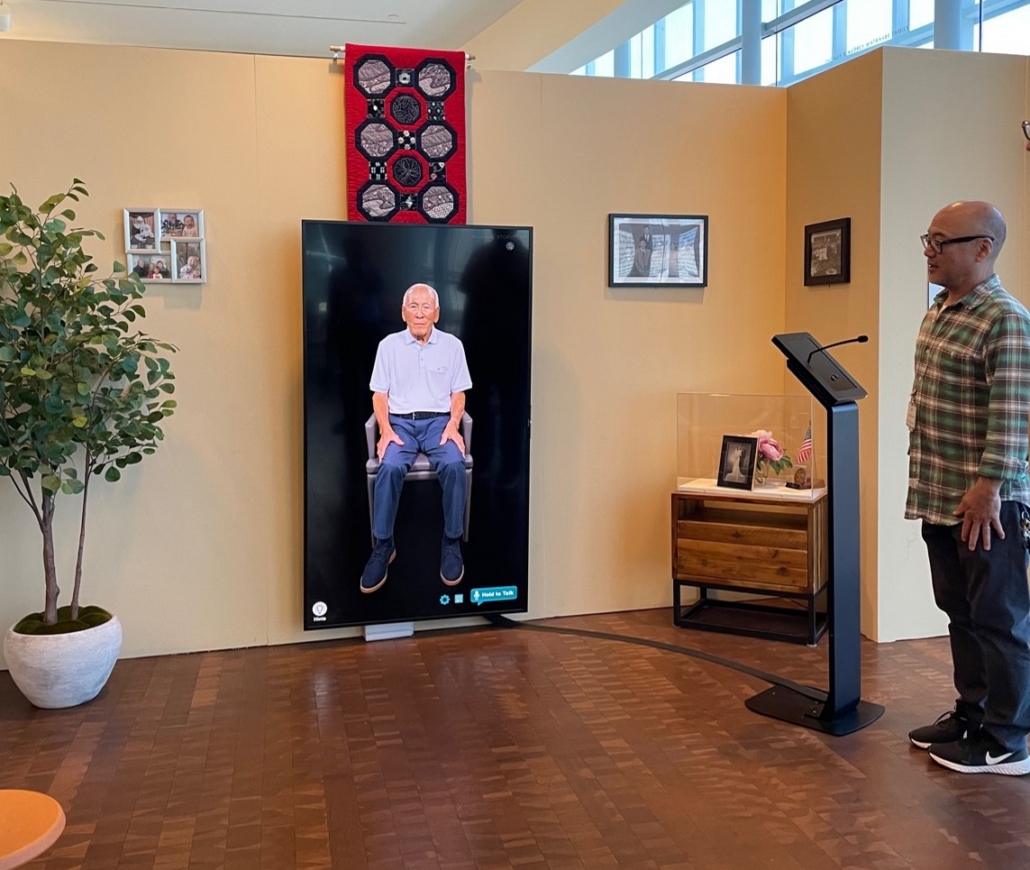
Another impressive interactive at the Japanese American National Museum uses artificial intelligence to draw visitors into discussion with an avatar for Lawson Iichiro Sakai. Sakai was forced to leave California in 1942, when his family moved to Colorado to avoid the American incarceration camps. A year later, he enlisted in the US Army, serving the decorated 442nd Infantry Regiment in Italy and France. Our Canadian visitors, I’m embarrassed to admit, were too shy to interact with Sakai’s virtual self, so Clement (right) asked some questions for us.
Learn more about this pathbreaking project here.
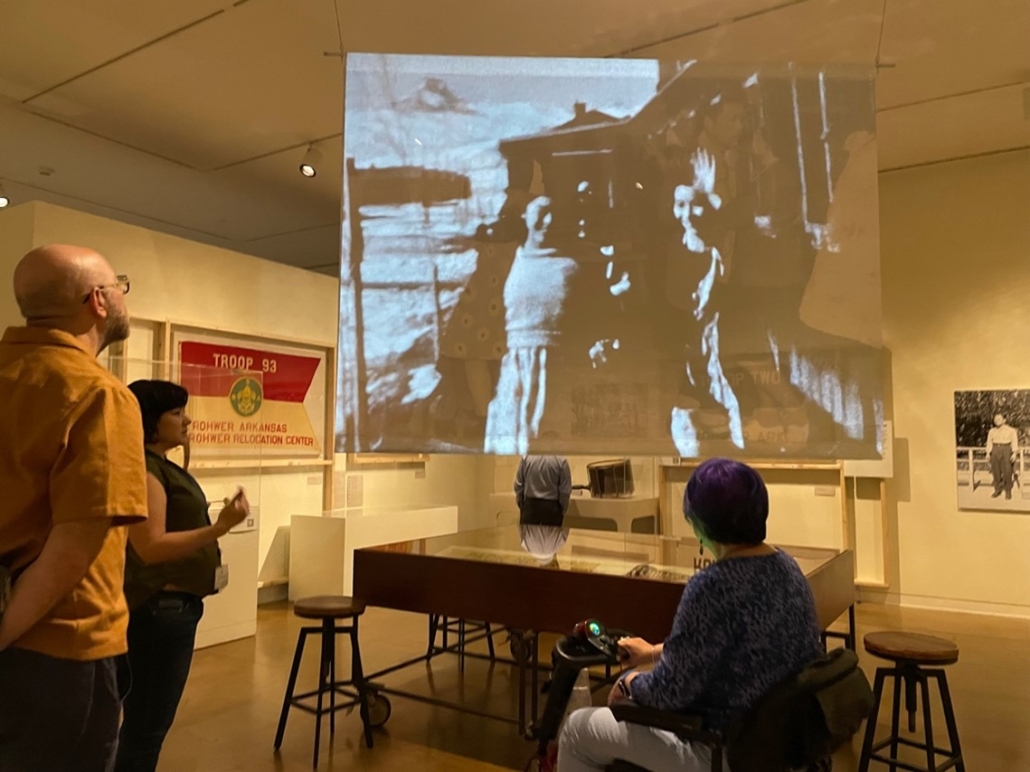
Emily Anderson, a curator at JANM, gave us a tour of her rich exhibition, Don’t Fence Me In: Coming of Age in America’s Concentration Camps, which focuses on the experiences of young Japanese Americans in sites of incarceration and in the years after their release from the camps.

At the conclusion of our visit to JANM, our delegation met with key museum staff about the opportunity for an exhibition in the United States. We were delighted, as an outcome of that meeting to have Emily Anderson attend our recent Integration Board meeting, and we look forward to the next steps in this facet of the partnership.
São Paulo Partners
From LA, we boarded a red eye (ouch!) to São Paulo

Lais Miwa, Jorge Okubaro, Sean Purdy and Umeno Maria Morita, introduced us to galleries, markets, and bars on our first day in the lively and fascinating city. Jorge (above second from right) explained The Memorial of Resistance, housed in the former building of the State Department of Political and Social Order of São Paulo, where he was once held as a political prisoner.



Top image left to right: Eduardo Nakashima (Administrative Secretary, Bunkyo, Lidia Yamashita (curator of PWFC Brazilian exhibitions), Sherri Kajiwara (PWFC Exhibitions Cluster Chair), Renato Ishikawa (President, Bunkyo), Jordan Stanger-Ross (PWFC Co-Director), Audrey Kobayashi (PWFC Co-Director), Jorge Okubaro (journalist & President, Center for Japanese-Brazilian Studies in São Paulo), Lais Higa (PWFC student collaborator), Marisa Shirasuna (translator), Oston Hirano (Bunkyo Director).
The next day, we visited the incomparable Bunkyo (Brazilian Society for Japanese Culture), in the historic Nikkei neighbourhood of São Paulo. In its museum, the story of Japanese Brazilians occupies three stories, including a gallery offering a new interpretation of the 1940s, when the community suffered through draconian wartime policies and violent internal division.
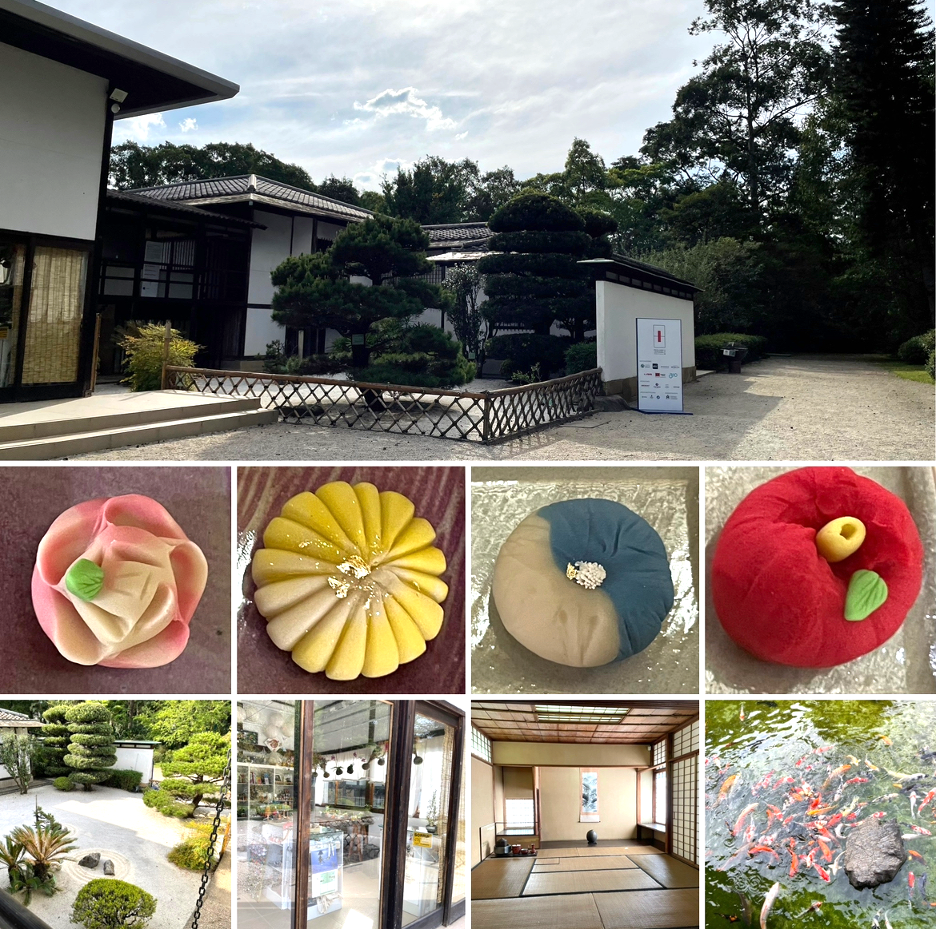
Nested in Ibirapuera Park in the centre of São Paulo, the stunning Japanese pavilion dates to 1954, suggesting the comparatively early re-emergence of Japanese Brazilians into public life in postwar Brazil. Agata Takiya provided a tour of its grounds, where we enjoyed tea and wagashi. Sherri, Audrey, and I discussed plans for an exhibition in Brazil with key leaders at BUNKYO, including curator Lydia Yamashita. We agreed that the team in Brazil, as in each node of our partnership, must do the work that is most appropriate to their own place, at this time.
Rather than flattening diverse historical experiences or present realities, our partnership will support and interweave the activities of those who best know their own Nikkei communities.
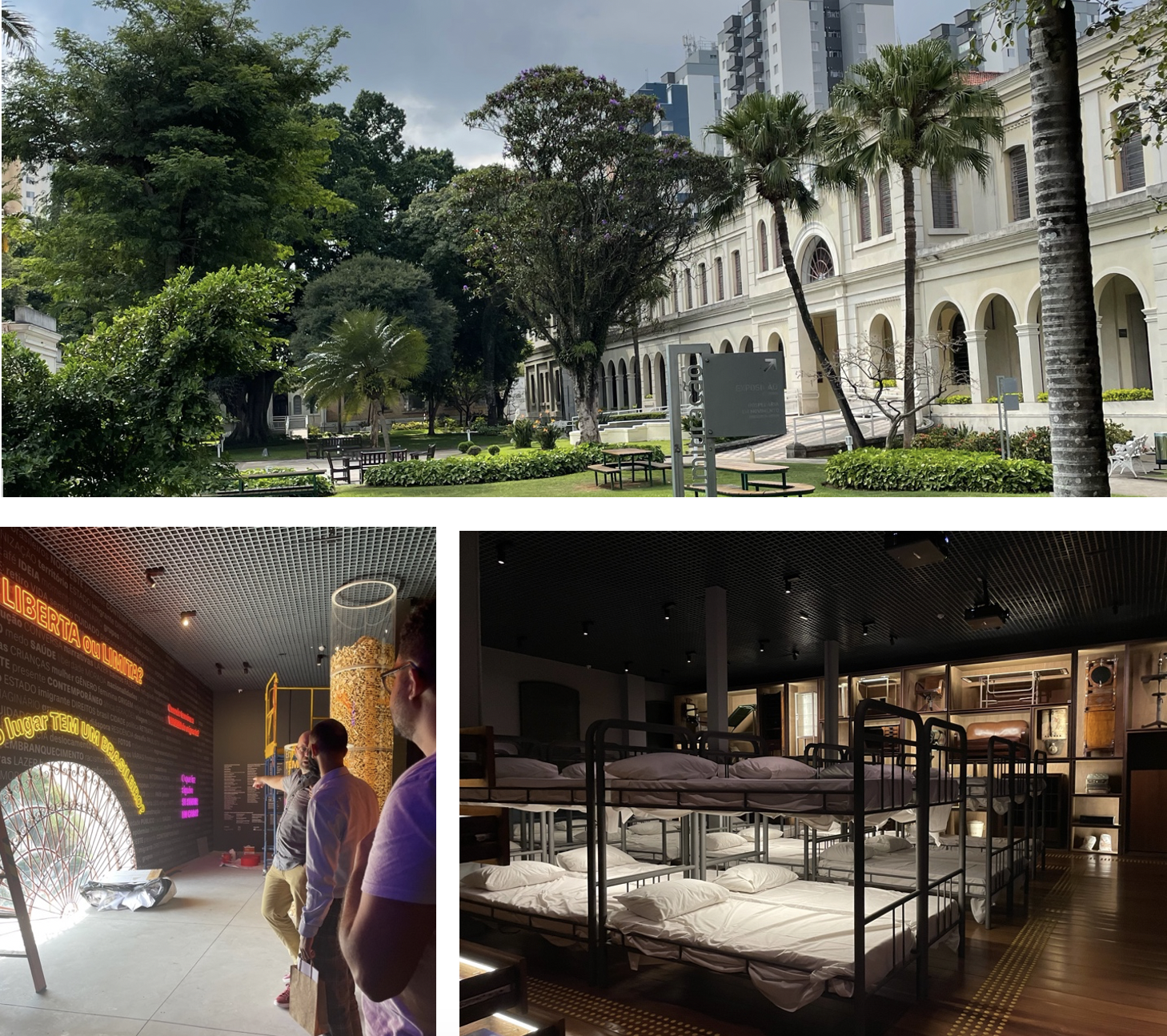
Across town, the team at another PWFC partner institution, the Immigration Museum of the State of São Paulo, is working to reimagine their message for the public. Like several other major museums of immigration, it occupies a former site for the reception and processing of newcomers; perhaps uniquely in the world, the museum still shares its building with an active service centre for unhoused people, including migrants and refugees.
Henrique Trindale and Guilhereme Ramalho provided us a sneak peek at a “provocation” (bottom left) that they will soon unveil as a step toward developing a new interpretive plan at the museum that will link the history of migrants in Brazil to present questions of unbelonging and inequality.
Their work can serve as an example and inspiration to our own project’s efforts to link the past with the present and future.

São Paulo University is home to the Japan House of Japanese Culture and the Teiiti Suzuki Library. We visited the university with project co-investigator Leiko Matsubara Morales, Professor at USP (left), Junko Ota, Vice-Director of the Centre the Centre for Japanese Studies (second from right), and Fulbright scholar Jamie Marissa Giunta (right). Jordan and Audrey were delighted to present our partnership and research to the highly engaged USP students and faculty.
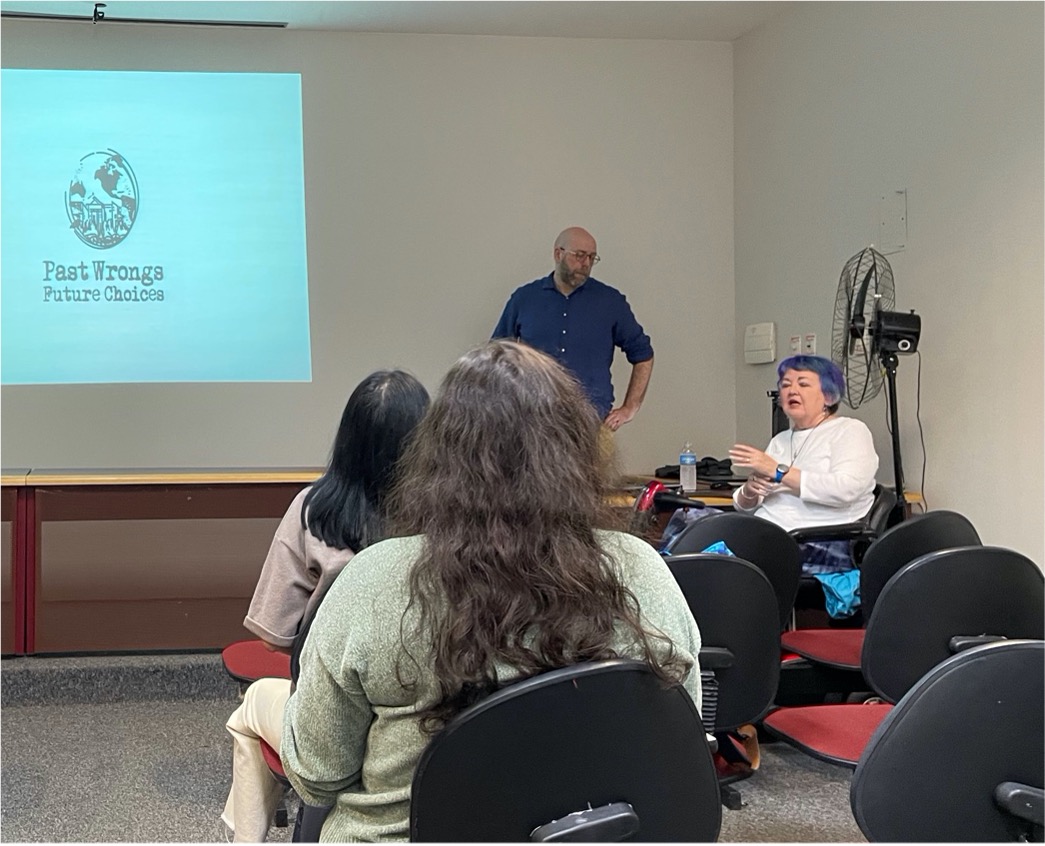
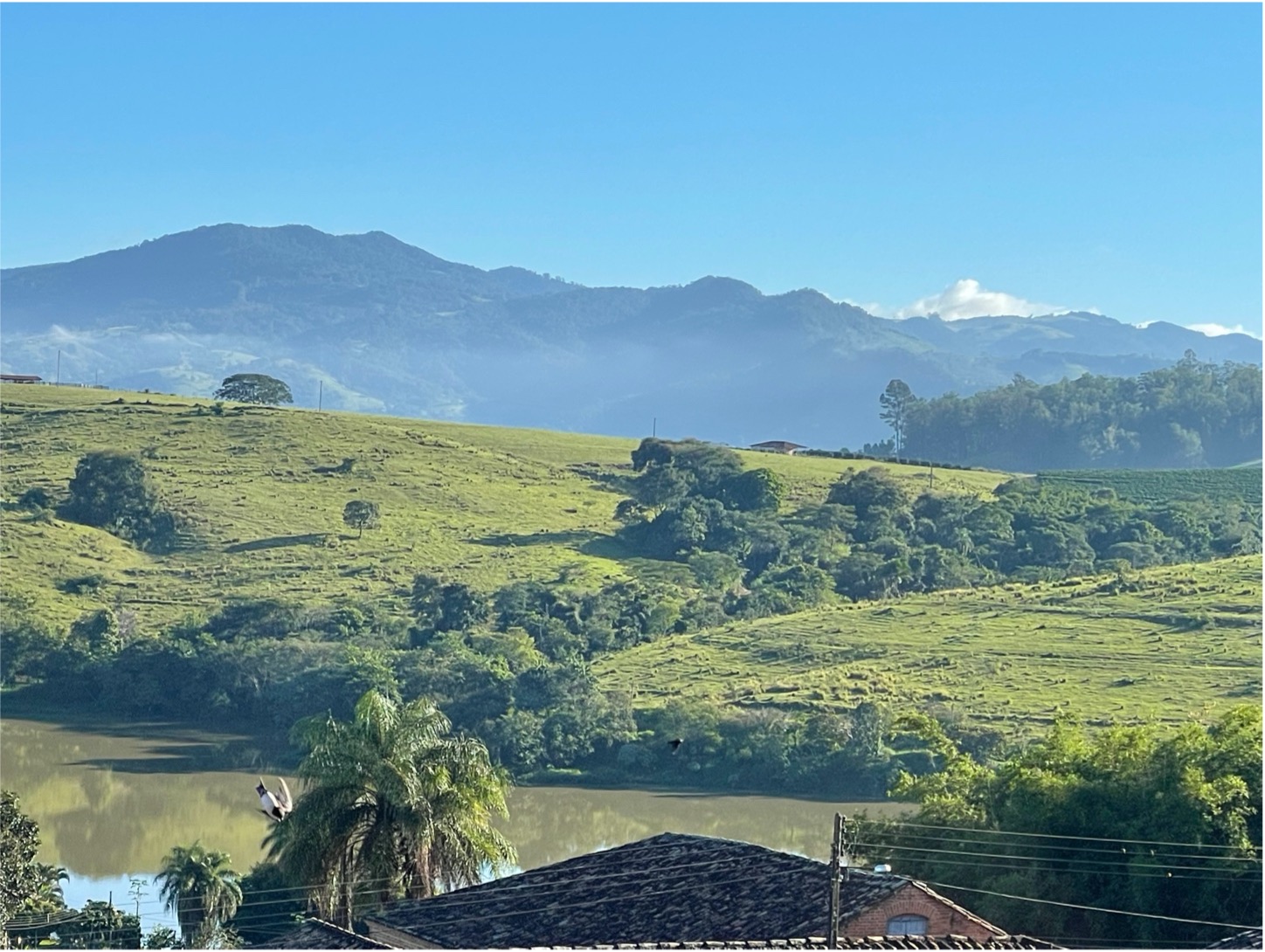
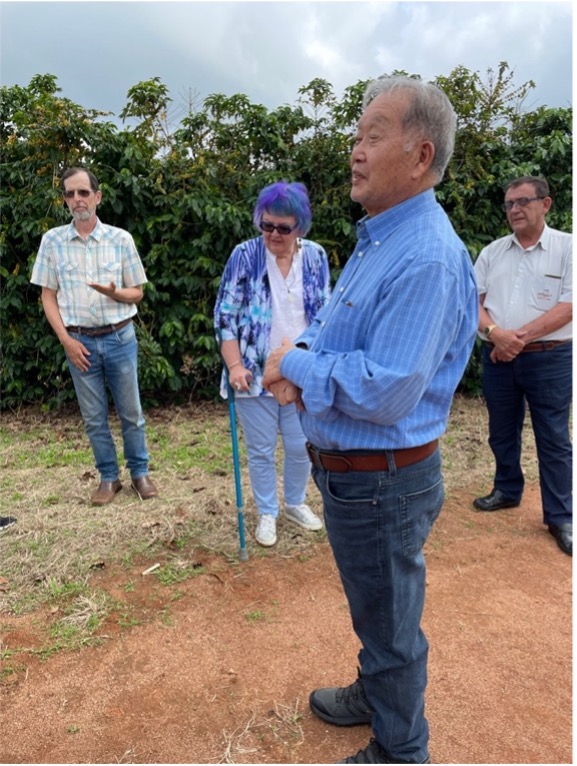
The trip came to a close at Renato Ishikawa’s (foreground) coffee farm in the countryside of the state of São Paulo. Japanese Brazilian history is tied together with the plantations, where many laboured during the first decades of the twentieth century. Today, Renato carries on that tradition on his stunning property.
Partnership is relationship.
It was a pleasure to meet and to work with all of you. We look forward to more in person connection as PWFC continues.
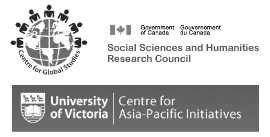
 Instagram
Instagram